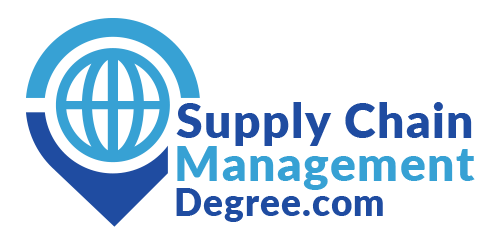Tools for Mastering Supply Chain Analytics
In the intricate web of supply chain management, analytics serves as the compass guiding decision-making processes. Understanding and harnessing the power of supply chain analytics is paramount for optimizing efficiency, reducing costs, and improving overall performance. Let’s embark on a journey to explore the essential tools and techniques for mastering supply chain analytics.
Supply chain analytics involves the systematic analysis of data to gain insights into various aspects of the supply chain, from procurement and production to distribution and customer service. At its core, it’s about turning raw data into actionable intelligence that drives informed decision-making and strategic planning.
One of the fundamental tools in supply chain analytics is descriptive analytics, which involves summarizing historical data to understand past performance and identify trends and patterns. By examining historical data on sales, inventory levels, and customer demand, organizations can gain valuable insights into their operations and make informed decisions about inventory management, production planning, and distribution strategies.
Predictive analytics takes supply chain analytics a step further by using statistical algorithms and machine learning techniques to forecast future events and outcomes. By analyzing historical data and external factors such as market trends, economic indicators, and weather patterns, organizations can anticipate changes in demand, identify potential risks, and optimize their supply chain processes accordingly.
Prescriptive analytics goes beyond predicting future outcomes to provide recommendations for action. By combining predictive models with optimization algorithms, organizations can identify the most effective courses of action to achieve their desired outcomes. Whether it’s determining the optimal inventory levels, optimizing transportation routes, or allocating resources efficiently, prescriptive analytics empowers organizations to make data-driven decisions that drive performance and competitiveness.
In addition to these analytical tools, organizations can leverage a variety of techniques to extract insights from their data. Data visualization techniques, such as charts, graphs, and dashboards, help stakeholders visualize complex data sets and identify trends and outliers quickly. Advanced analytics techniques, such as cluster analysis, regression analysis, and time series analysis, provide deeper insights into the relationships between variables and help uncover hidden patterns and correlations in the data.
Furthermore, organizations can harness the power of big data and advanced technologies such as artificial intelligence (AI) and machine learning (ML) to enhance their supply chain analytics capabilities. By analyzing vast amounts of data in real-time and identifying patterns and trends that humans may overlook, AI and ML enable organizations to make more accurate predictions, optimize processes, and drive continuous improvement in their supply chain operations.
Ultimately, mastering supply chain analytics requires a combination of the right tools, techniques, and technologies, as well as a deep understanding of the complexities of supply chain management. By harnessing the power of analytics to gain actionable insights into their operations, organizations can optimize efficiency, reduce costs, and gain a competitive edge in today’s fast-paced and increasingly complex supply chain landscape.



